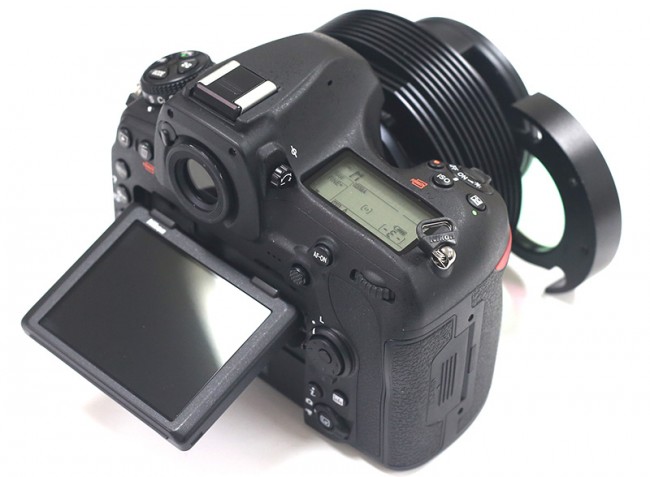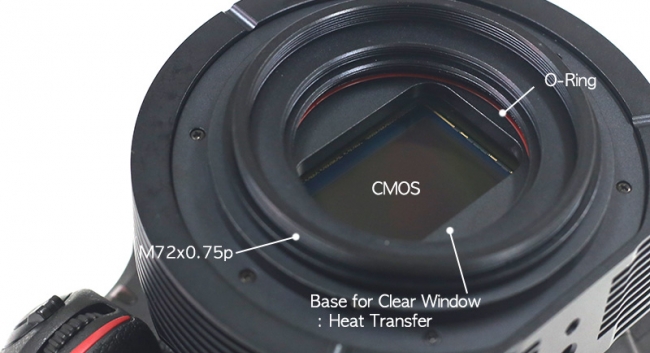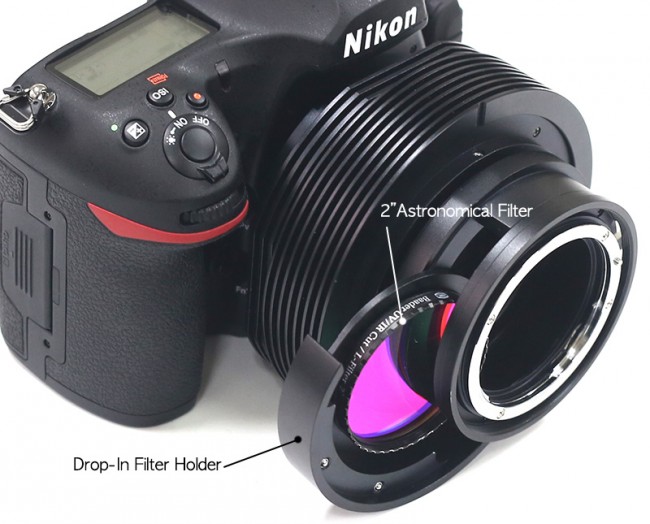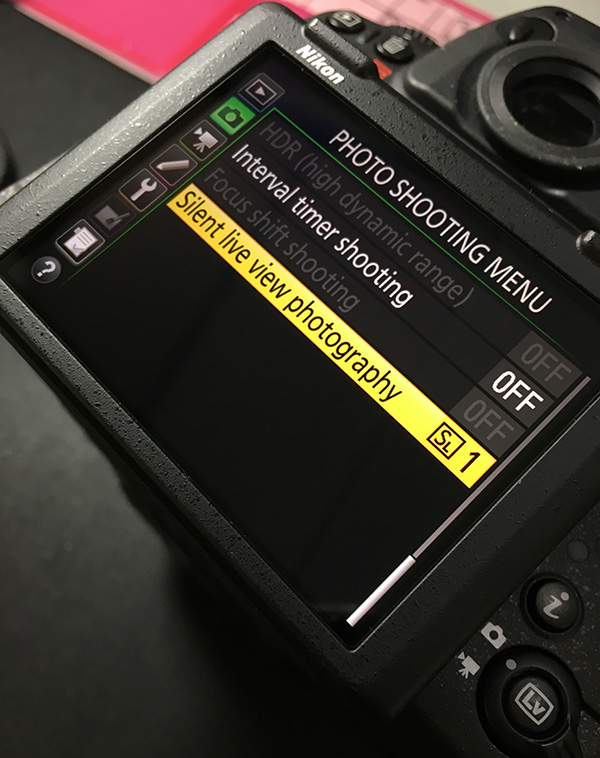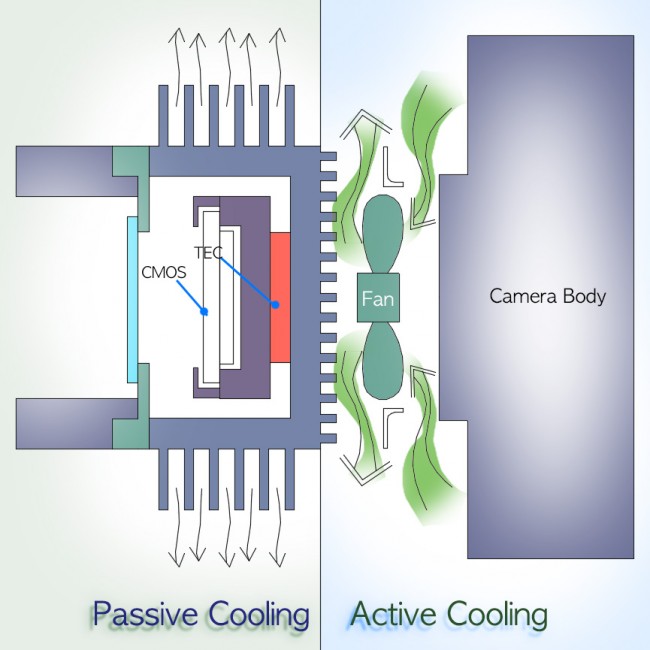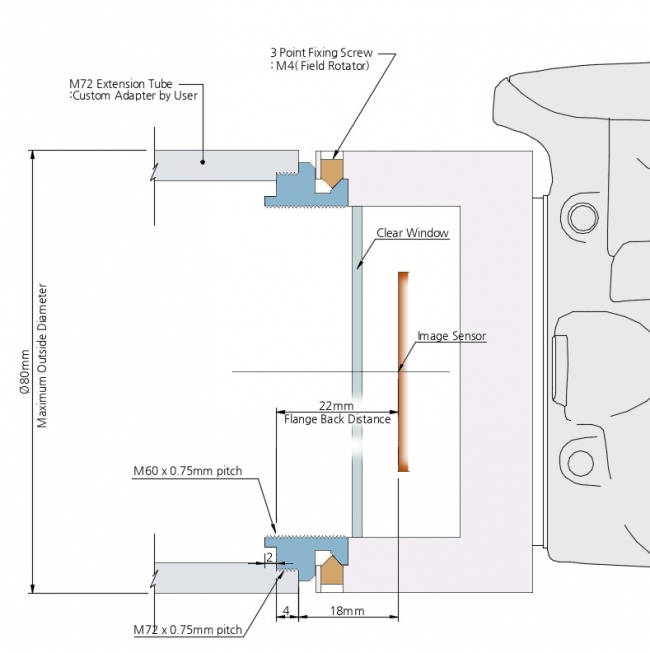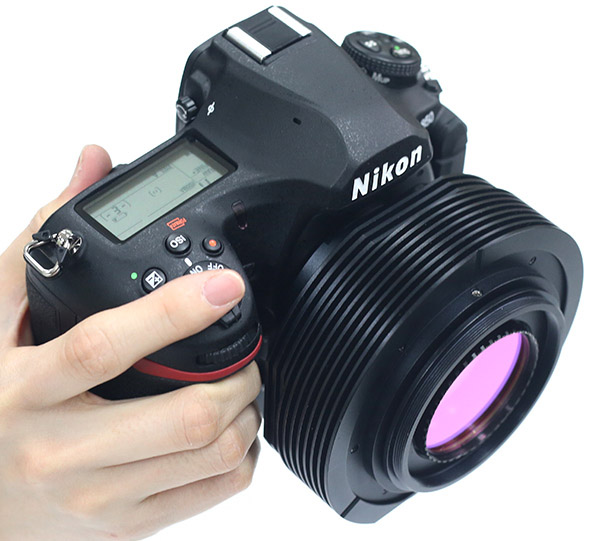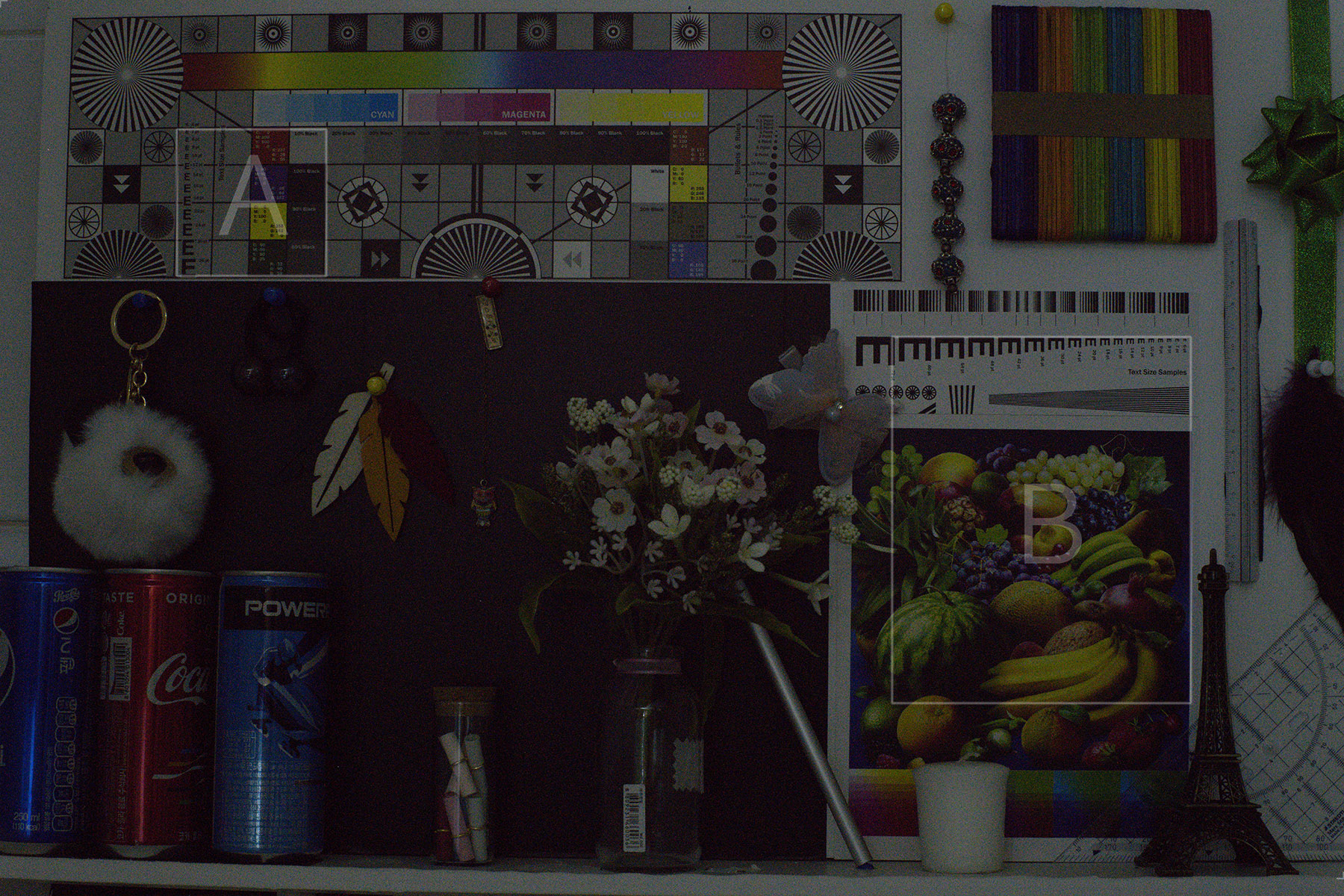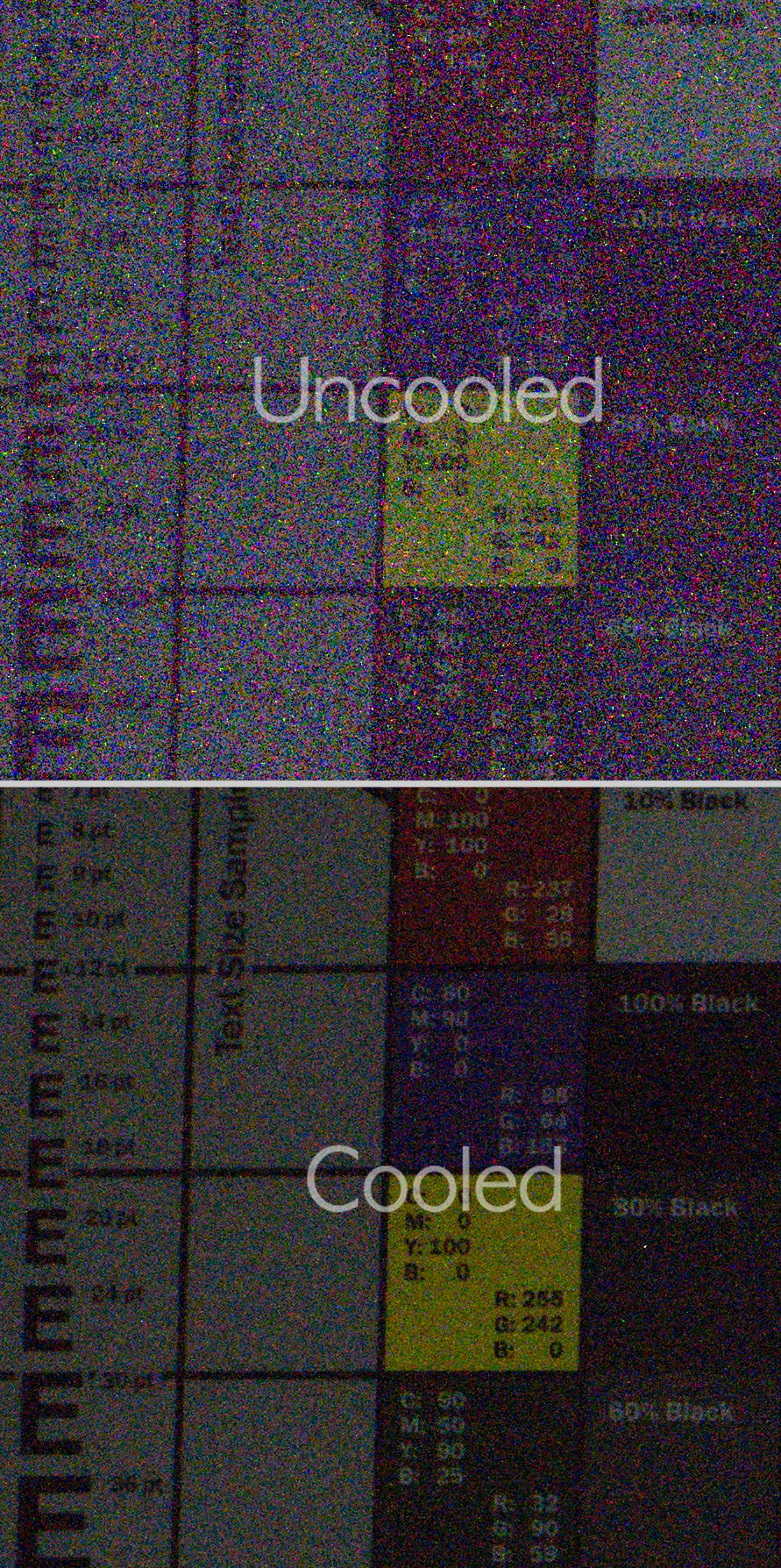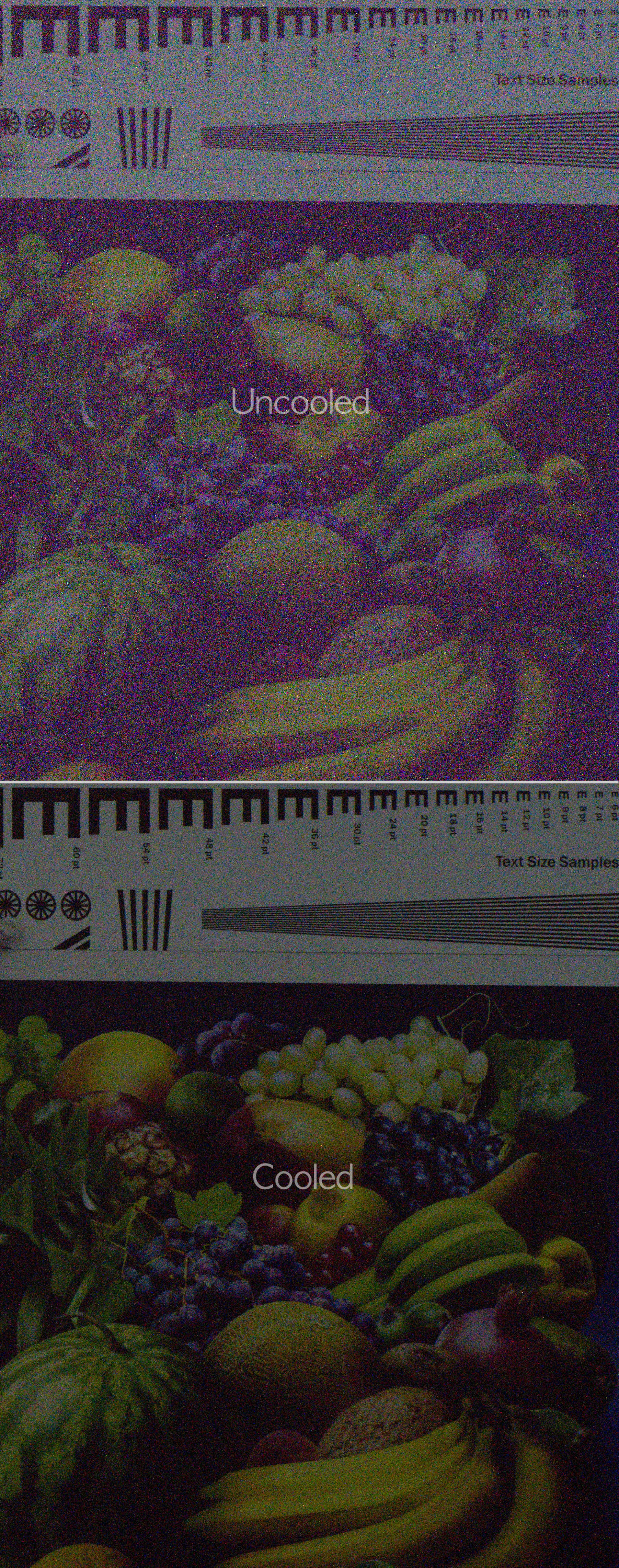Astro D850 ( Cooled Nikon D850 )
BSI Sensor
In the case of traditional FSI(Front-Side Illumination) Sensor, the metal wiring layers are located above of photodiod layer and make small the effective pixel size. In contrast, BSI(Back-Side Illumination)sensor is having the structure of photodiode over metal wiring layer and gives more wide pixel area. The factory process of BSI sensor is more difficult but the low light performance is more good than FSI sensor. D850 is the first DSLR equipped BSI sensor and it will be a new good device for astro-photographers.
Tilting LCD Screen
D850 features a bright, clear tilting LCD screen for shooting at a variety of angles. By easily switching between low and high angles, Astro D850 freely enables angle adjustments even if the camera is mounted on refractor or newtonian telescope.
Touchscreen and Wifi will be so helpful for astrophotography too.
Permanent Anti-Dew System
‘Anti-Dew’ is very important and old issue in cooled camera design.
The Housing of cooling module of Astro D850 is functioning as heatsink for heat radiation of Peltier element and it’s temperature is higher than that of ambient air.This housing deliver the heat to Clear Window in front of CMOS and make it warm.
Therefore it make Anti-Dew condition of window.The temperature of CMOS serface is very low and need more special Anti-Dew solution.First we made a airtight chamber with O-ring and blocked inflow of vapor into cooling module.And we prepared cold block with large surface area at cold surface on TEC.
CMOS is surrounding this cold block and cool down by the conduction from it.The surface of cold block captures vapor molecule more earlier than that of CMOS and this method prevent the dew condensation on CMOS surface.
As a result, permanent Anti-dew system is completed without any desiccants.
RELOCATION OF IMAGE SENSOR
We took out the image sensor and moved it towards the lens and made a cooling module.
Extracted CMOS sensor from camera body located in front of mechanical shutter, the exposure control by mechanical shutter is impossible and can’t use optical view finder. But there is sufficient extra space between CMOS and Mount Ring, we can install Drop-In Filter system in the space.
Drop-In Filter System
The back focus distance between the image sensor and lens mount allowed room for the drop in filter holder. This system makes it possible to install filters without removing the lens. This is very useful including for narrowband imaging.
With a filter(2mm thickness) in Drop-In Filter Holder, the Flange Back Distance of Astro D850 lens Mount is 46.5mm, it’s same as the Nikon F-mount.
Electronic Shutter
Most DSLRs control the exposure time by mechanical shutter in front of image sensor. In case of Astro D850, exposure control by mechanical shutter is impossible because CMOS sensor is extracted from camera body.
But D850 camera is having [ Silent Photography ] mode. This is based on Electronic Shutter and can control exposure time by only electronic shutter and need not mechanical shutter. This is very good function for modified camera, and using this function Astro D850 can take sub-second exposure shots with high speed shutter speed.
Hybrid Cooling
Since Astro 6D, we used active cooling method by 2 fans of EXcooler.
AstroD850 inherited the concept of Astro 6D in cooling module and heatsink design. But instead of EXcooler, we added a fan on hot side of TEC.
In Astro D850 , Heatsink on outer housing perform passive cooling to ambient air. And the fan on the rear side of TEC perform active cooling.
For efficient active cooling we added heatsink on back side and wind guide wall.
Therefore we can reduce the weight of camera and made small and simple cooled camera with high cooling performance.
New CF2 Mount
In Astro imaging field, mount design is so important because the camera will be combined to so many types of OTA’s.
We decided a standard Mount design (=CF2) for ‘Astro’ series cooled cameras.
The goal of CF2 mount design is minimized Vignetting / Various Connection / Steady and simple shape.
CF2 mount is having 22mm Flange back distance and support Full Frame and APS-C sensor. CF2 mount ring is fixed by 3 pcs of M3 Fixing screws to camera body and these fixing screws make possible CF2 mount to function as field rotator.
And this concept will be so valid for lenses installed rectangular baffle and to change the picture angle.
USB 5V 2A Power
Excooler of Old Astro 6D, Astro A7s accept 12V,3A DC input and make 8.5V for Peltier cooling module and 8V for canon camera body. Then supply these two DC Input to cooling Module and Canon dummy battery.
This method is convenient because 12V one source make two types of DC input and need not Canon’s Li-ion battery.
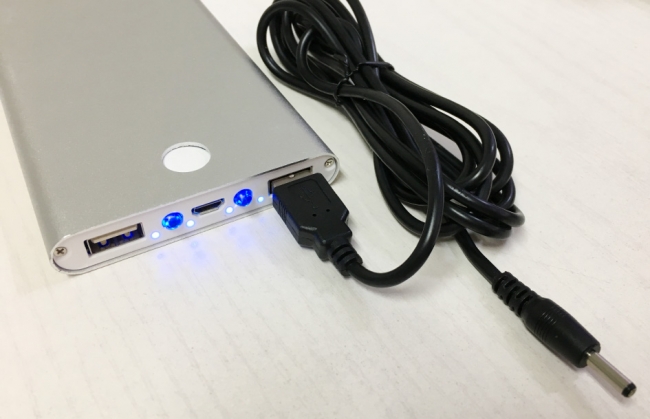
But it’s needed 12V 3A over DC adapter or Heavy weight Lead-sealed Battery for outdoor photography. Recently in very rare cases, we recognized electric interference of DC step down adapter for dummy battery in Excooler to Camera circuit.
In Astro D850, Nikon’s Li-ion Battery (EN-EL15a) is the power source of Nikon camera body and we distinguished it from the power system of cooling module to get rid of the possibility of electric interference.
This isolated power system of cooling module consume only 5V 1.5A . And you can use power bank of the smartphone or USB charger, in case those support 5V 2A Output.
Upgraded Noise Removal
Highly intensive electric parts in digital cameras cause electric noise. Canon engineers installed many metal shield cover, EMI tapes etc on the PCB parts to guard image sensor from these noise source and can see the faithful Ground circuit design.
CMOS of Astro D850 is isolated from the camera body and it’ free from the internal electric noise and fully protected from external noise by aluminum housing and it’s possible to catch noise free Astro images. In addition, the cooling module reduce the background noise dramatically.
Below is photoshop level stretched image comparison of above original shots. We can see cooled dark frame is absolutely plain without any hot pixels.




